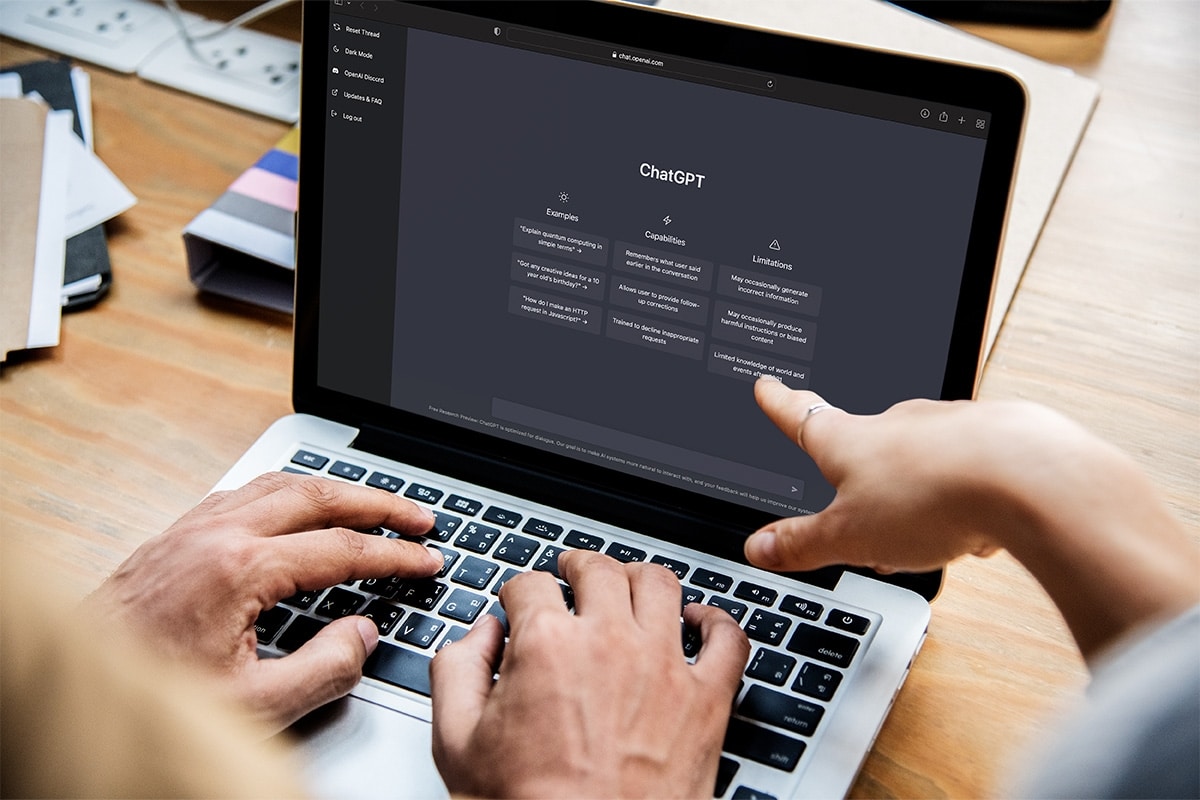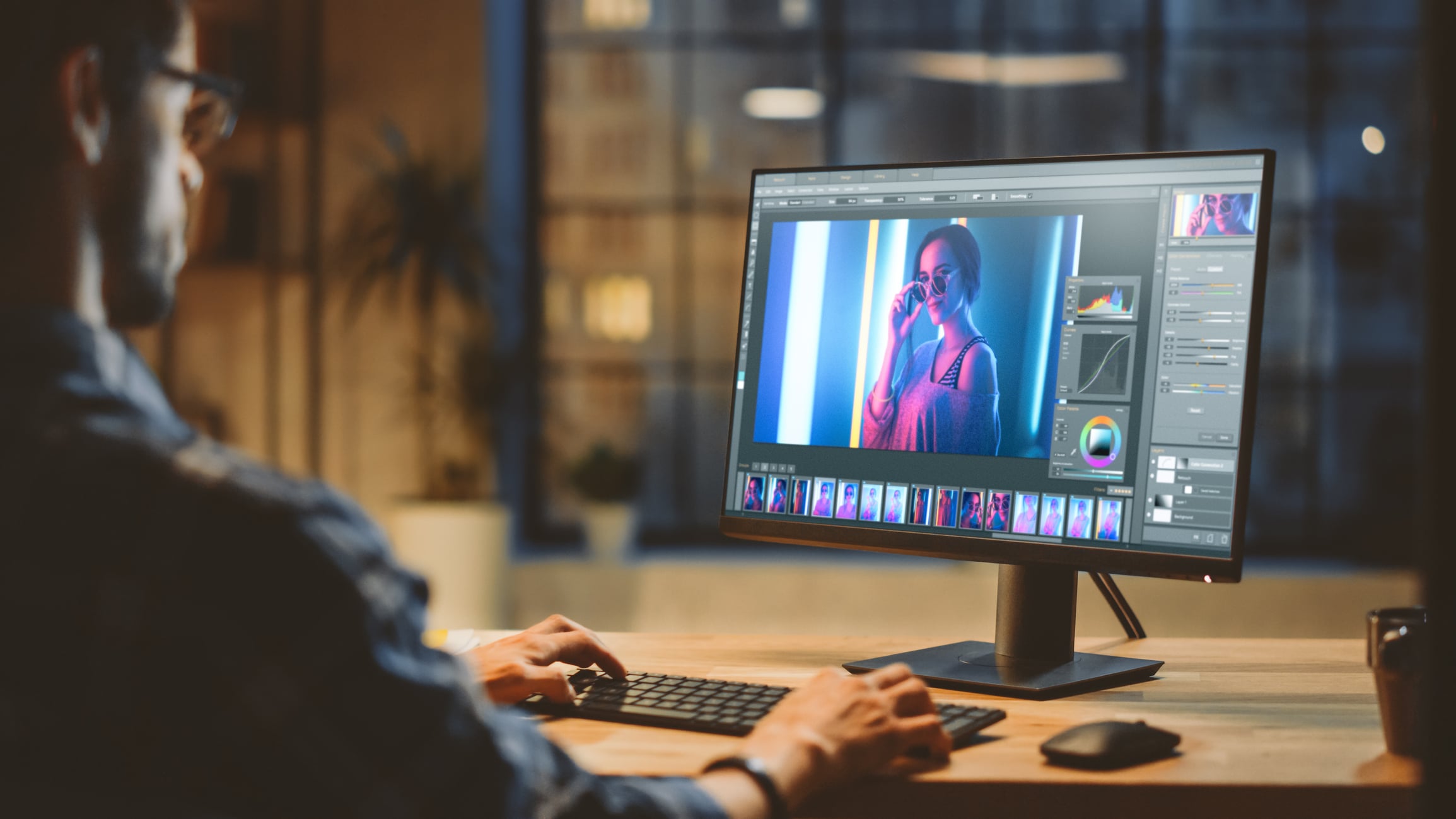For a few weeks in August, the UK was racked by some of the worst urban unrest in decades. Windows were smashed, fires started and shops and restaurants across the country looted. TV news reports were filled with images of the police in massed ranks fighting off hooded gangs armed with bricks and bottles.
Of course, there is nothing particularly new about such scenes, even within relatively recent history. In 1981 the nation was convulsed by serious riots in major cities and just four years later, an infamous riot in Tottenham turned truly ugly.
In the aftermath of last months’ disturbances politicians queued up with worthy but predictable condemnations of the violence and destruction. But this time, they had something new to blame for the disorder, something undreamt of by their 1980s predecessors: social media.
In response to old media reports of rioters using social media to organize and plan their activities, Prime Minister David Cameron told a hushed House of Commons:
“Everyone watching these horrific actions will be stuck by how they were organised via social media. Free flow of information can be used for good. But it can also be used for ill. We are working with the police, the intelligence services and industry to look at whether it would be right to stop people communicating via these websites and services when we know they are plotting violence, disorder and criminality.”
Much old media attention focused on the alleged use by some rioters of Blackberry Messenger, which some confused journalists appeared to think was a social network. It is actually, of course, an instant-messaging application which allows users of the eponymous smartphone to talk directly to each other. At the height of the riots, Tottenham MP David Lammy responded to reports that some rioters were using Blackberry Messenger to plan disorder by calling for the service to be suspended.
And at the end of last month, representatives of Blackberry manufacturer Research In Motion duly joined others from Twitter and Facebook at a meeting with government officials. This was held, according to reports, to discuss “voluntary” ways of restricting access to social media. Home Office Minister Theresa May insisted the aim was not to restrict “internet services” but to “crack down on the networks being used for criminal behavior”, but to do so without seeking “any additional powers”. (At least, not yet!)
Unsurprisingly, this ‘blame the messenger’ approach has provoked consternation and criticism. We are used to hearing about repressive regimes attempting to control radio and television broadcasts, or filtering the whole Internet like China and the British Government is never slow to criticise such oppression. Why should we regard restricting access to social media in some yet-to-be-specified way as any different?
Whatever their initial spark, the August riots quickly turned into orgies of opportunistic criminality and vandalism. But if we set a precedent and allow the government to restrict access to social media to try and prevent future outbreaks, how do we know they won’t take that easy step further forward and restrict access to the Web to try and hinder legitimate protest at some point in the future?
If nothing else, such a move would send out all the wrong signals.
Social media services such as Twitter played a real role in recent democratic uprisings across the Middle East. As Jo Glanville, editor of Index on Censorship magazine, recently noted in the New York Times:
“You do not want to be on a list with the countries that have cracked down on social media during the Arab Spring.”




